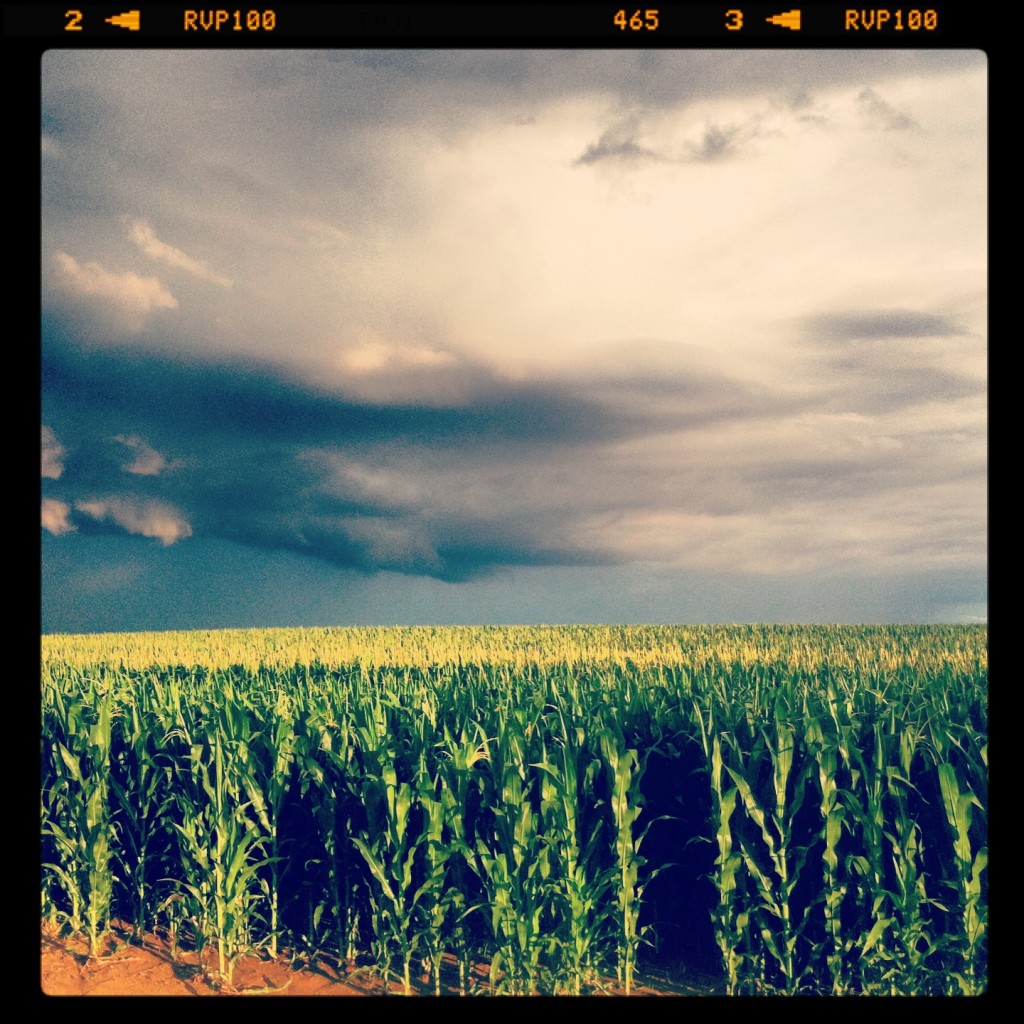This has been a whirlwind of a week. On Monday, I was in Tyler speaking at the Texas State Resource Conservation and Development Councils State Meeting, on Wednesday evening, Jim Bradbury, Kyle Weldon, & I conducted a webinar on fence law for the Texas & Southwestern Cattle Raisers Association, and on Thursday morning, I guest lectured via Skype for the Contemporary Issues in Ag course at Mississippi State University. To those of you joining us from each of these programs, welcome!
Here are some ag law stories in the news this week.
* Williamson County landowner challenges Endangered Species Act scope. A lawsuit pending in federal court seeks to challenge the scope of the Endangered Species Act. A Williamson County landowner, who has the endangered Bone Cave harvestman on his property, argues that since this species is found only in Travis and Williamson Counties and in no other states, the Endangered Species Act should not apply. Specifically, this argument centers on the idea that the Congressional power upon which the Endangered Species Act was passed was the interstate commerce clause and, therefore argues the landowner, if the species at issue is not an interstate species, there can be no Endangered Species Act protections afforded. To read more about the case, click here.
* Federal judge dismisses all claims in Des Moines Water Works case. You may recall from this prior post that a dispute between the Des Moines Water Works and upstream irrigators in an irrigation district have been ongoing in Iowa. Essentially, the DMWW alleges that upstream irrigators have been polluting the water with increased nitrates, which will cost the DMWW money to remove. The Iowa Supreme Court recently answered several questions in favor of the irrigation districts. Last week, the federal judge dismissed all claims in the case. Importantly, he did not address any of the Clean Water Act issues in the case, including whether whether the water removed from fields by tiling constituted “point source discharge” under the Clean Water Act, whether nitrates are “pollutant” under the Act, or whether the agricultural storm water exception would apply to these facts. [Read opinion here.] To read a great blog post that goes more in depth on the dismissal, click here.
*Idaho “Ag Gag” case to be herd in April. The Animal Legal Defense Fund v. Wasden, a case challenging the constitutionality of Idaho’s farm protection law (also called an “ag gag” statute by opponents), will be heard before the 9th Circuit Court of Appeals in Seattle next month. The trial court judge sided with the plaintiffs, deeming the statute unconstitutional. [Read article here.]
*Texas wind energy in the news. Recently, there have been a couple of articles discussing wind energy production in Texas. NPR published an article titled “Wind Energy Takes Flight in the Heart of Texas Oil Country” [click here to read], which looks at wind from a variety of perspectives including landowners making profits from turbines on their land to cities like Georgetown benefiting from the energy produced. Blasting News published “Texas – a big wind makes for big windfall for ranches and clean energy” [click here to read] talks about the increase in wind energy generated in Texas. In case you missed my prior post, I collected some of the best resources available on leasing property for wind farms here.













